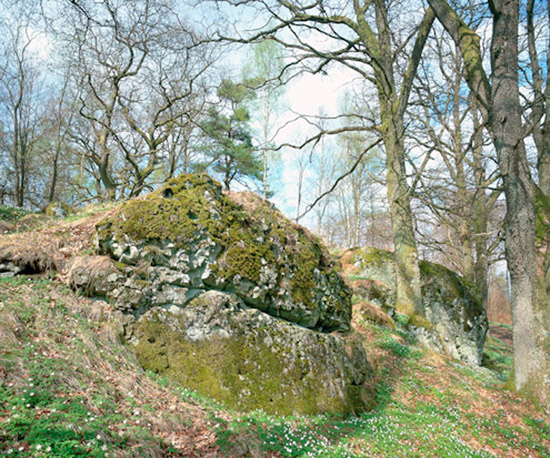
National coordinator
Sanna Black-SamuelssonSE -753 20 Uppsala, Sweden
Quick Info
Letter of Agreement for Phase VII signed on 06 Mar 2025
Member since 1994
Letter of Agreement for Phase VII signed on 06 Mar 2025
Member since 1994The European Information System on Forest Genetic Resources (EUFGIS) provides geo-referenced and harmonized data on genetic conservation units of forest trees in Europe.
The Swedish Forest Agency has conserved gene resources of native forest trees in habitat protected areas since 2014. The strategy allows a resource-efficient and dynamic long-term conservation of genetic variation, species and ecosystems in the same protected area. Today, more than 400 areas exist, with nearly 600 gene conservation units that are protected forever.
The tree species are biologically very different. Therefore the objectives of the strategy vary in terms of number of genetic resources and minimum number of trees per genetic resource required for a certain species. For Scots pine and Norway spruce, at least 500 trees are needed, while 50 trees are sufficient for many hardwoods. For very rare and scattered tree species, even 15 trees may suffice as a genetic base.
Sessile oak and beech occur in marginal populations in Sweden. These populations may contain unique variants of genes and are therefore prioritized for conservation. For ash and elm, red-listed due to forest diseases, gene conservation is essential too. For common forest trees such as spruce, pine and birch, gene conservation is valuable, for instance, from scientific and utilitarian point of view.
NordGen Forest serves as a Nordic meeting place in the fields of forest genetics and genetic resources, supply of seeds and plants, and methods for regeneration.
Swedish Forest Agency
The Swedish Forest Agency is responsible for the control of the trade of forest reproductive material
Facts about forests and forestry in Sweden

Picea abies Network: Report of the second meeting

Noble Hardwoods Network: Report of the second meeting